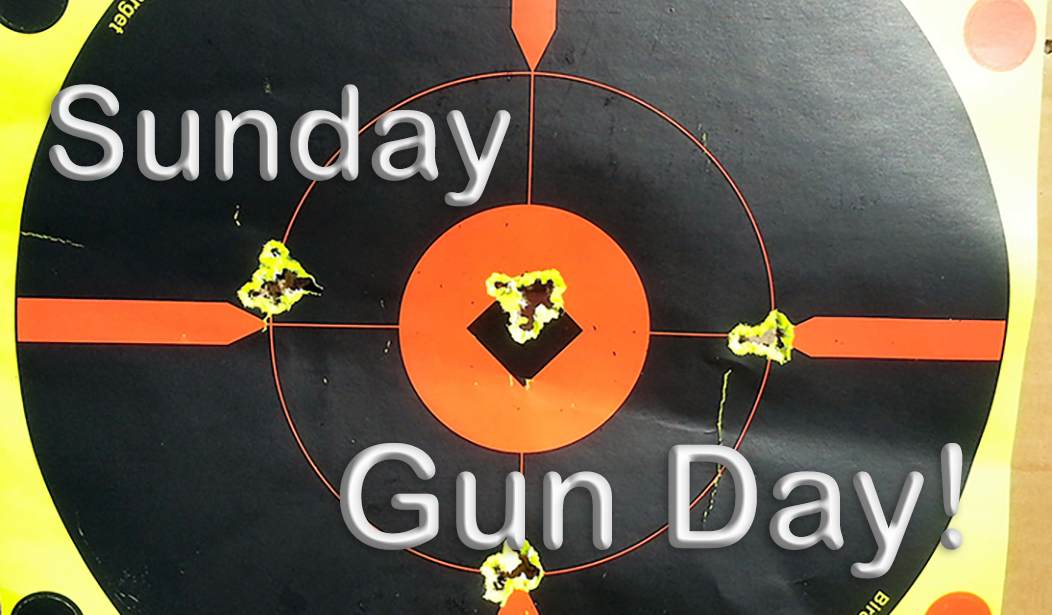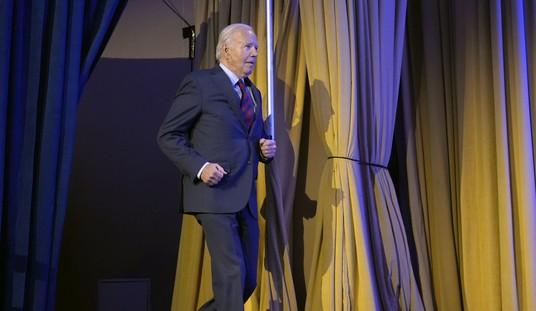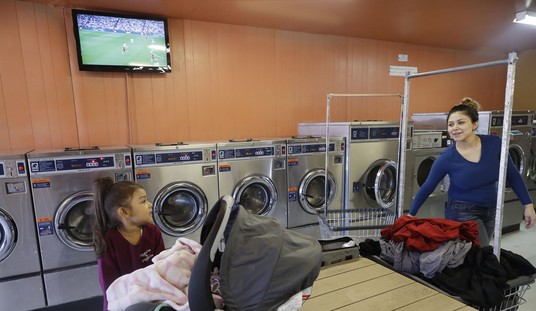World War I - the Great War - was supposed to be the War to End All Wars; it didn’t work out that way. But it did mark the United States' first, big-league global conflict, cemented our reputation as a global power, and gave rise to a lot of legends, some of which were embellished, and some not.
One of those legends was the weapon that became known as the Trench Broom, or the Trench Sweeper. This was John Browning’s 1897 Winchester, a 12-gauge slam-fire pump gun in military livery, with a heat shield, a bayonet lug, and the Model 1917 bayonet, which was basically a sword that went on the front of the gun. The “slam-fire” feature meant that the old model piece lacked a trigger disconnect, meaning one could hold the trigger back and work the slide to discharge six rounds of 00 buckshot in a big hurry, which as you might imagine would ruin a German soldier’s whole day if he was on the receiving end.
A popular legend has it that the Germans threatened that if any American soldier was captured with one of these, he would be executed as a war criminal – to which the American soldiers and Marines in the theater replied, “Yeah, if.” Another piece of that legend was that Imperial Germany called the use of the Trench Broom to be a war crime, but then, it’s only a war crime if you lose. Those are interesting claims, though, in a conflict that included the use of chemical weapons and flamethrowers.
The 1897 Winchester was in fact issued to U.S. soldiers and Marines in France. So was the Remington Model 10 pump gun, also in military livery, and also a slam-fire piece. And that is the source of the stories that grew up around these weapons; that they were commonly used in trench warfare, to send hails of buckshot down the trenches to un-alive German troops in wholesale quantities. It’s not an unreasonable idea; a 12-gauge at short range is pretty much a cannon, as I can testify from unpleasant personal experience. (I still carry around about a dozen #6 birdshot in my leg from that event; let's just call it a minor difference of opinion.)

A pressing issue to address early is that of official terminology. Although it has become the primary way of referring to any bayonet-capable shotgun, the term "trench gun" or “trench shotgun” was never an official U.S. military term. Instead, it appears to be largely a handy collector phrase born from the sensational news coverage of the era, as well as informal “soldier talk” during and after the war. During World War I, these guns were never given a formal "United States Model of" designation. Official period primary sources instead used the following designations to refer to a shotgun with a heat shield fitted for a bayonet:
- Riot Gun with Bayonet Adapter
- Riot Gun
- Repeating Shotgun
- Automatic Shotgun
In 1917, of course, there just weren’t that many pump shotguns available. Remington had introduced the Model 10 bottom-ejection pump gun, designed by Remington engineer John Pedersen, and some of those found their way Over There. The famous Model 12 Winchester, developed from the Model 1897 in one of the very few instances in which anyone improved on a Browning design, had only been on the market for five years. In World War 2, the Model 12 was issued to U.S. servicemen, along with the Model 1897 and the Stevens 520A. The use of shotguns continued in the Vietnam conflict, and even in my late Cold War service, military police were issued shotguns, mostly the newer nine-shot Mossberg 590, again fitted out with a heat shield and bayonet lug. But in the Great War, it was only the Model 1897 and the Remington Model 10, sword-bayonet and all.
But they were not used in combat that much; it seems most were used by troops farther behind the lines, the "American Rifleman" piece explained:
Even though Americans did not start the war wielding bayonet-capable shotguns, shotguns of other types had previously been in limited use with the 20th-century American Army. However, while commercial-pattern Winchester 1897s did see combat use in the Philippines during the early 1900s, shotguns were a regular article of issue for only two purposes: guarding prisoners and hunting (which was a necessary military endeavor at some isolated posts in Alaska and the Philippines). When, in 1915, a lieutenant from the 6th Cavalry requested to purchase two Winchester repeating shotguns for use by camp guards for driving off Mexican bandits, he was denied by the office of the chief of ordnance since his proposed use did not fall under either authorized situation.
It seems that aside from some testing, the primary purpose of the 1897 Winchesters was to be issued to troops guarding prisoners of war.
While there appears to be some confusion between stateside and AEF sources on exactly how many were ordered, one thing is crystal clear between them: the primary purpose for which shotguns were desired by the AEF. Multiple well-positioned sources clearly and unequivocally explain that these shotguns are being obtained for guarding prisoners and other rear areas, something which would be of great importance following the expected transition to “open warfare” and a dramatic push towards Germany itself.
See Related: The Great Escape Made Famous by Books and Movies Was Small Compared to the Biggest WWII Prison Break
There are many apocryphal accounts, but little documented evidence of the 1897 or the Model 10 being regularly used in combat in the Great War. The weapons did not even carry an official designation or the Great War equivalent of a National Stock Number (NSN.) Not that they wouldn’t have been well-suited to trench fighting, and some were likely co-opted for that purpose, but the primary weapons in the trenches were the 1903 Springfield and the M1917 Enfield rifles. The reason for that may have been the ammo; most shotgun shells at that time had paper hulls and were susceptible to moisture, and if the trenches were anything, judging from the photos, they were moist. The services got around that to some degree by experimenting with all brass shells, but it's not clear how many of those made it to France.
A lot of things about this issue are unclear. The Great War ended over a hundred years ago now, and there aren’t any veterans of that war left we can ask.
None of this, of course, detracts from the awesomeness of the Model 1897 Winchester, in or out of uniform. It was the first mass-produced pump shotgun aside from its immediate predecessor, the Model 1893 Winchester, which was designed for black-powder loads. There was a Spencer pump gun, but that wasn’t a commercial success.
John Browning himself carried an 1897 Winchester as his personal shotgun for bird hunting, and I’ve been saving space in the safe for a good example, preferably a Black Diamond trap gun to go along with the Model 12 Black Diamond trap gun I already have. The 1897 Winchester was a ground-breaking piece, as so many of the Maestro’s designs were, and its impact on the shooting world is significant even without the Great War stories that may or may not be accurate.
Shotguns, of course, have their place in war, and a Mossberg 590 - or even an 1897 Winchester - would be just the ticket for urban warfare in a rabbit warren like, say, Gaza. And the world is growing tense these days, so it wouldn't be the worst idea for the Army and Marines to have a few slam-fire trench sweepers around.
See Related: PM Kishida: World at 'Historic Turning Point,' Japan to Increase Military Posture
It's fun to tell these kinds of stories, and old soldiers love a good tale as much as anyone. But even when you’re sitting around playing “No s**t, there I was,” it’s important to, now and then, take a dispassionate look at the evidence.














